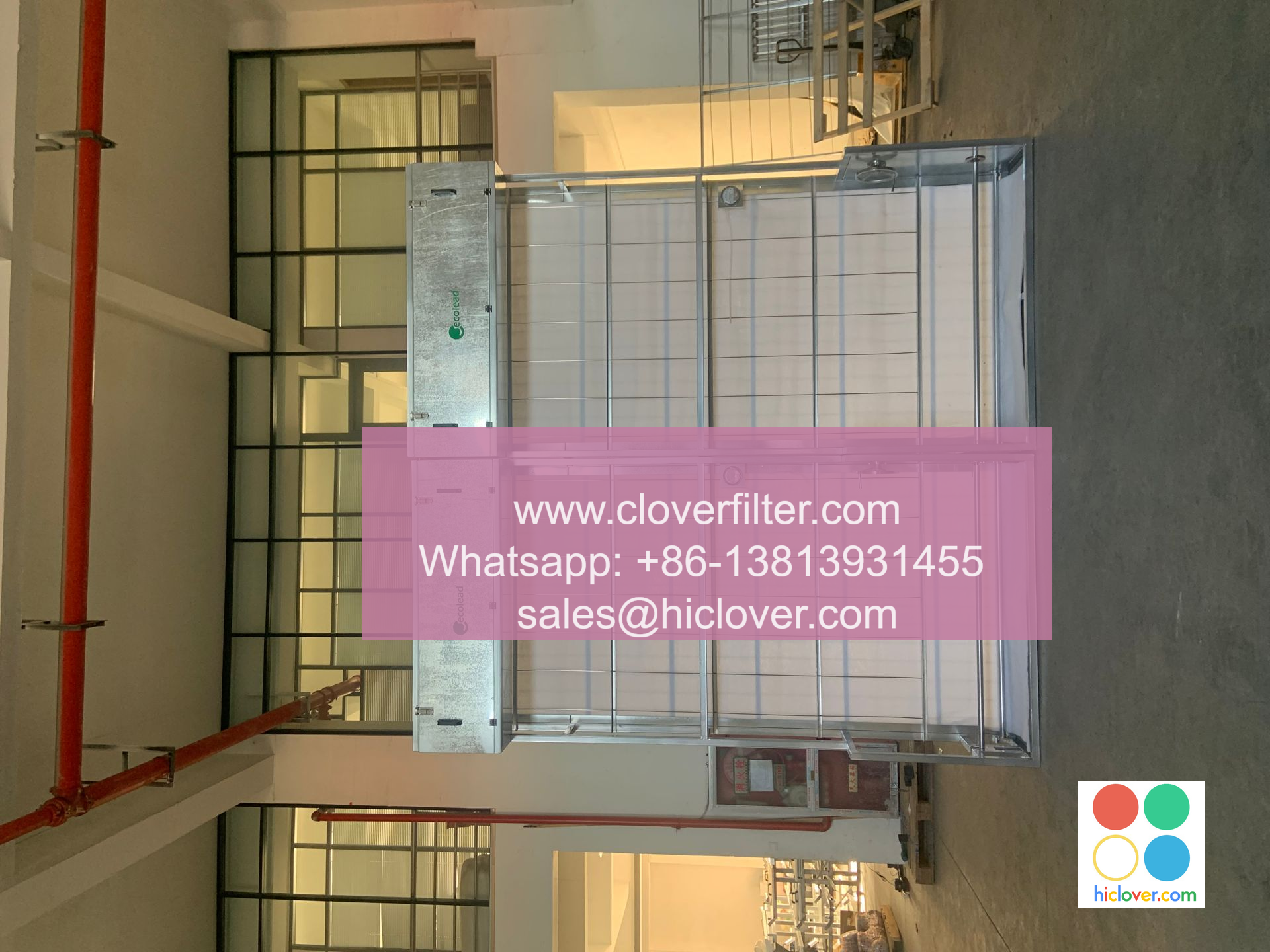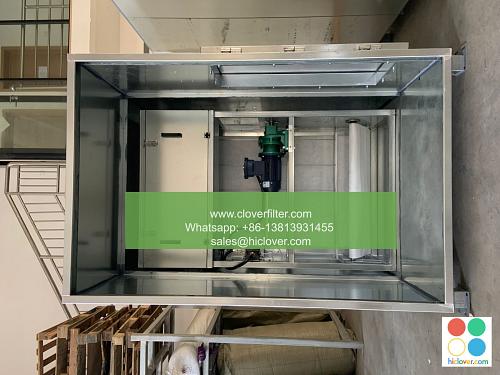The Cost-Effectiveness of Automatic Roll Air Filters in Edmonton Hospital HVAC Systems

Edmonton hospitals are under constant pressure to maintain high standards of patient care, safety, and comfort while keeping costs under control. One crucial aspect of achieving these goals is the heating, ventilation, and air conditioning (HVAC) system, which plays a vital role in maintaining a healthy indoor environment. A key component of HVAC systems is air filtration, and traditional filters have been the norm for many years. However, with advancements in technology, automatic roll air filters have emerged as a viable alternative, offering enhanced cost-effectiveness and efficiency. This article explores the cost-effectiveness of automatic roll air filters in Edmonton hospital HVAC systems.
Traditional air filters in hospital HVAC systems require frequent replacement, typically every 1-3 months, depending on usage and environmental conditions. This process can be labor-intensive, time-consuming, and costly. In contrast, automatic roll air filters offer a continuous roll of filter media that advances as needed, reducing the frequency of replacement and the associated labor costs. This can result in significant cost savings, as hospitals can reduce the number of filter replacements and the manpower required to perform these tasks.
Another advantage of automatic roll air filters is their ability to improve indoor air quality (IAQ). Hospitals require high levels of IAQ to prevent the spread of airborne pathogens and ensure patient safety. Automatic roll air filters can capture up to 95% of airborne particles, including bacteria, viruses, and other microorganisms, providing a cleaner and healthier environment for patients, staff, and visitors. By improving IAQ, hospitals can reduce the risk of healthcare-associated infections (HAIs) and create a more comfortable environment, which can lead to better patient outcomes and reduced lengths of stay.
In addition to cost savings and improved IAQ, automatic roll air filters can also help reduce energy consumption in hospital HVAC systems. Traditional filters can become clogged and dirty over time, increasing the energy required to push air through the system. Automatic roll air filters, on the other hand, provide a consistent level of filtration, reducing the energy needed to operate the HVAC system. This can result in lower energy bills and a reduced carbon footprint, making hospitals more environmentally friendly and sustainable.
The cost-effectiveness of automatic roll air filters is further enhanced by their extended lifespan. While traditional filters may need to be replaced every 1-3 months, automatic roll air filters can last up to 12 months or more, depending on usage and environmental conditions. This can result in significant cost savings over time, as hospitals can reduce the number of filter replacements and the associated costs. Furthermore, the longer lifespan of automatic roll air filters can also reduce waste generation, as fewer filters need to be disposed of, making hospitals more environmentally friendly.
Despite the many benefits of automatic roll air filters, some hospitals may be hesitant to adopt this

